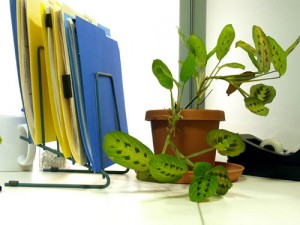
More evidence that low-calorie sweeteners are bad for your health
Studies show that artificial sweeteners can raise the risk of hypertension, metabolic syndrome, type 2 diabetes and heart disease, including stroke.

Q – I work in a stuffy office and by the end of the day I feel sluggish and tired and often I’ll have a headache too. Do you have any suggestions for something I could take that would help me feel better?
A – An office lifestyle can be unhealthy but there are a number of things we can do to improve health and wellbeing.
Firstly, ensure you get outside and take some exercise in the middle of the day. There is plenty of evidence that sitting down all day is bad for your health. Even if the weather is miserable a brisk walk around the block, or better still a local park or green space, combined with slow deep breathing, will pay off by the end of the day. Or why not try a bit of ‘office yoga‘.
Avoid caffeine drinks such as coffee, tea and cola and instead increase your intake of still water and herbal teas. Sweet snacks are also best avoided because of the way they encourage big highs – and then big lows – in blood sugar levels. Stick to fruit and vegetables when you feel peckish. If you feel sleepy in the afternoon after lunch burn a few drops of stimulating rosemary essential oil in an essential oil burner or apply to pulse points.
If your office is energy efficient (i.e. you can’t open the windows!) and full of electronic equipment and the usual array of particleboard furniture consider getting some plants to help clear the air.
Living, green and flowering plants have an amazing ability to remove a number of toxic microbes and chemicals including formaldehyde, benzene and carbon monoxide, from the air. They can also help improve levels of humidity making the atmosphere more comfortable.
You can use plants in your home or office to improve the quality of the air and to make it a more pleasant place to live and work, where people feel better, perform better and enjoy life more. For an area of 1800 square feet, 15-20 plants are required to clean the air.
According to Pat Thomas’s book Living Dangerously, the top most effective houseplants are:
In general, leafy green plants such as philodendron, spider plant and the golden pothos are more effective in removing formaldehyde while flowering plants such as gerbera daisy and chrysanthemum are superior in removing benzene from the atmosphere.

Please subscribe me to your newsletter mailing list. I have read the
privacy statement